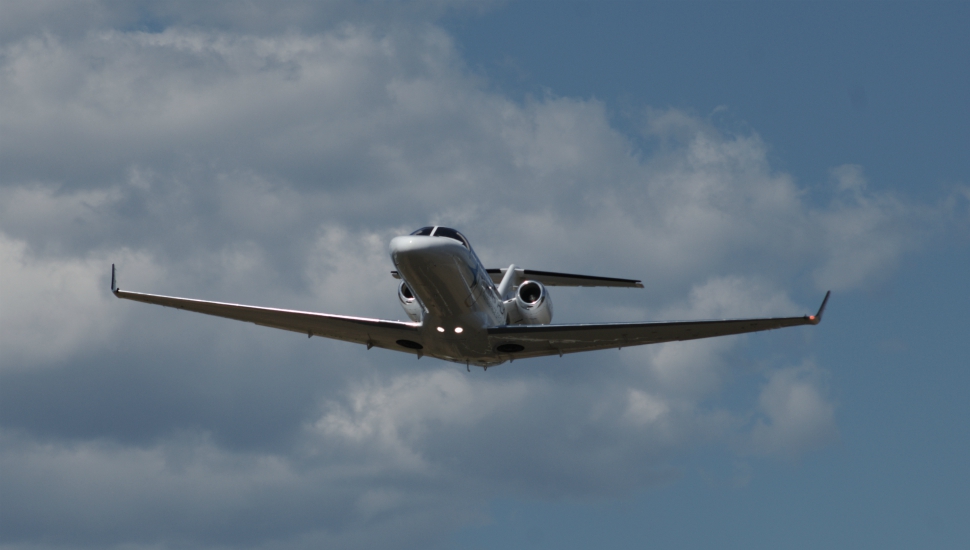Emergency airworthiness directives in Europe and the USA related to Tamarack Aerospace's Atlas active winglet system equipping certain Cessna Citation jets have pushed the Idaho-based supplier into seeking Chapter 11 bankruptcy protection.
The safety directives, issued in April and May, "effectively grounded" those Citation light business aircraft retrofitted with the feature.

Tamarack Aerospace
Sandpoint, Idaho-headquartered Tamarack says that by entering the bankruptcy protection process it can continue to operate and focus on supporting affected customers, while also working with regulators to lift the flight restrictions.
"Chapter 11 will be a temporary state, and it is meant to ensure the long-term viability of the company," it says.
The European Union Aviation Safety Agency (EASA) and US Federal Aviation Administration (FAA) issued the airworthiness directives after Atlas – a load-alleviation system – malfunctioned on a handful of occasions. This resulted in in-flight upsets, from which pilots had difficulty recovering the aircraft to a stable attitude.
EASA has ordered Atlas to be deactivated on the Citation Jet, CJ1, CJ2/2+, CJ3/3+ and M2 twinjets, and the active-control surfaces fixed in place before the next flight.
The FAA has also ordered Atlas to be disabled on the seven models and will only allow US-based Atlas-equipped Citation jets to perform approved ferry flights, until a modification has been validated.
Tamarack says it is "committed to the safety of its products", and points out that it had already issued two service bulletins prior to publication of the emergency directives.
"These upgrades improve the reliability and safety of the Atlas winglet modification," says Tamarack, and have been submitted to both regulators as a proposed resolution.
Nearly 75% of the affected fleet has been upgraded to date, and Tamarack says its goal is to retrofit the outstanding aircraft as soon as possible.
The regulators have been "reluctant" to provide an estimated timeframe for lifting the airworthiness directives, the company says, noting that it is "keenly sensitive to the day-by-day impact" that this situation has imposed upon its customers.
"We are committed to continue working hard with EASA and the FAA to enable them to have all the data they need to approve a resolution at the earliest possible hour," says Tamarack.
Source: Flight International






















